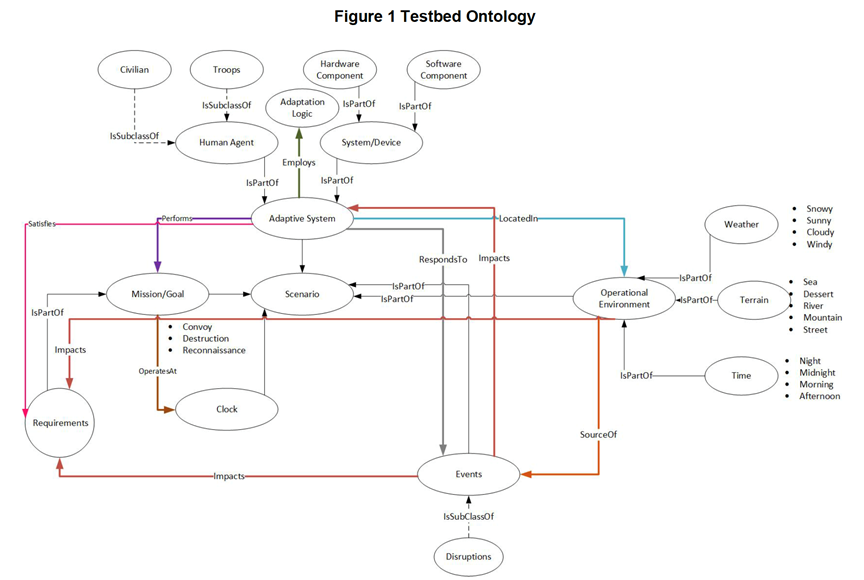Model-based systems engineering (MBSE) has been a trend in systems engineering for several years and has grown in relevance in recent years. In response, the US Department of Defense (DoD) has expanded its work on MBSE to include a holistic view of what is needed to perform truly digital engineering. There are many tools that support digital engineering and MBSE, and the benefits can be measured and documented, but there has been an absence of an overarching framework to pull the tools together and transfer experience and knowledge from one project to the next in a coherent way. As a result, researchers and project teams often must find their own way while implementing MBSE research. The Office of the Undersecretary of Defense for Research and Engineering (OUSD(R&E)) tasked the SERC with addressing some of these challenges head on.
Dr. Azad Madni, University of Southern California (USC), led the SERC research focused on building a digital testbed to support the adoption and implementation of MBSE as aligned with DoD strategy. The objective was to provide a holistic environment that supports the full lifecycle of an engineered system, while providing a “toolkit” and an information repository for future projects.

The team built a testbed that has facilities for modeling, prototyping, verifying and validating models. Within this context, a “testbed” is the set of functions needed to support demonstration and integration of and experimentation with MBSE tools. The testbed allows researchers to integrate virtual prototypes with physical systems – in other words, it connects digital twins with their physical counterparts. Dr. Madni explained, “We created an instrumented framework within which you can do modeling, verification, exploration of what ifs, collect data, and get better informed. This is stored in a repository that can feed information into future projects. The testbed is a starting kit of different models and algorithms tying digital and physical twins so research teams can hit the ground running.”
Dr. Madni’s team used a scenario of interest to the US Air Force as an illustrative example to convey the capabilities of the testbed. The scenario is concerned with optimizing the efficacy of perimeter protection of a just-landed aircraft through a combination of building-mounted sensors and a team of UAVs. The testbed allows exploration of scenario variations and provides insight into how well the coverage is working, where there is loss of coverage due to loss of a resource, what could be done to restore coverage autonomously, and what scenario conditions would require a human in the loop to restore coverage. Such experiments are helped by the infrastructure of the testbed, which includes model libraries, algorithms, an ontology – or pre-defined classification structure – and a flexible dashboard for visualization and monitoring of scenario progress. This dashboard capability improves users’ ability to utilize the dashboard quickly. The figure below highlights the ontology for the testbed and also gives insights into its structure.

The testbed has been disseminated to both universities and industry and is available for SERC researchers. As Dr. Madni stated, “People are working in a collaborative environment now. They need to be able to organize and share models, scenarios, and results for various scenario conditions. What better way than to have a testbed?”
For more information about the “Adaptive Cyber-Physical-Human Systems Testbed” project, please contact Dr. Madni.
Additional resources:
- MBSE Testbed for Rapid, Cost-Effective Prototyping and Evaluation of System Modeling Approaches
- Toward a MBSE Research Testbed: Prototype Implementation and Lessons Learned
- Digital-Twin Enabled Experimentation Testbed for MBSE
- Digital Twin-enabled MBSE Testbed for Prototyping and Evaluating Aerospace Systems: Lessons Learned
- Leveraging Digital Twin Technology in Model-Based Systems Engineering


